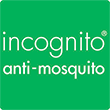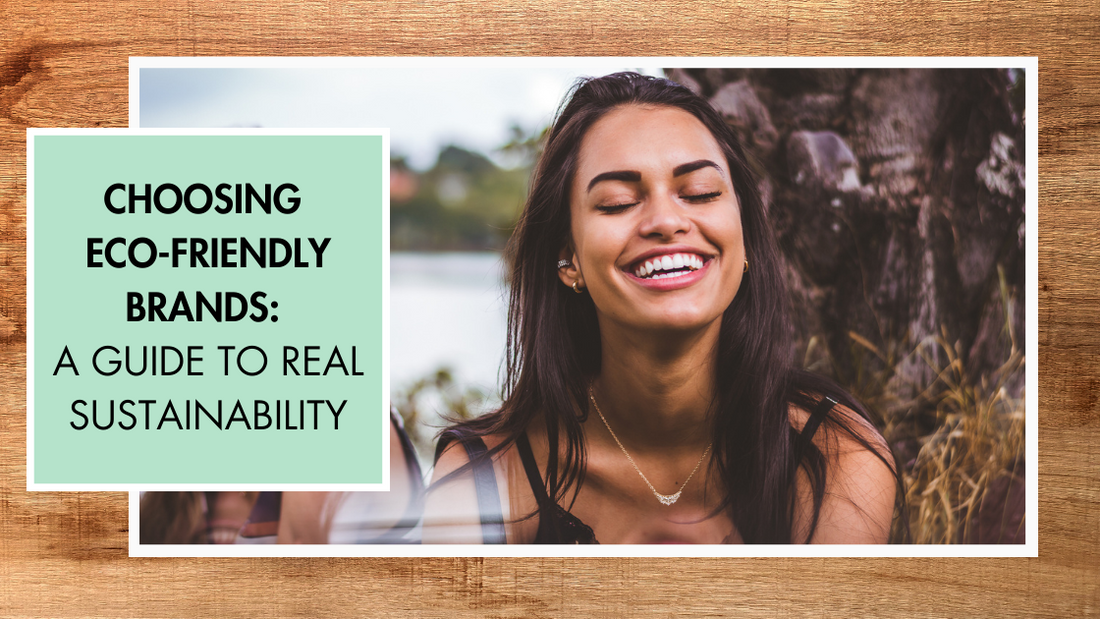We all know how important it is to make eco-friendly choices, especially when it comes to packaging. But with so many products claiming to be green, it can be tricky to separate the real deal from the not-so-green. This article is here to help you become a savvy shopper, making informed choices about brands that truly care about the environment.
1. Spotting Greenwashing
First things first, let's talk about "greenwashing." It's when a product or company says they're eco-friendly, but they might not be. Watch out for this! Look for labels and certifications from trusted sources. Read the labels carefully and check the brand's claims.
2. Getting to Know Third-Party Certifications
Some groups check if brands are really doing what they say they are. It's like a stamp of approval for being sustainable. In the UK, we have some fantastic organizations that do this. Let's meet them:
- ISO 14001 (Environmental Management System)
- FSC Certification (Forest Stewardship Council)
- Fairtrade Certification
- BREEAM (Building Research Establishment Environmental Assessment Method)
- Carbon Trust Standard
- LEED (Leadership in Energy and Environmental Design)
- Rainforest Alliance Certification.
- The Good Shopping Guide (Ethical Award)
- WRAP Certification (Waste & Resources Action Programme)
3. Checking Packaging Materials
Next, let's dive into packaging. It's crucial for consumers to be aware of the potential pitfalls associated with packaging that claims to be recycled. While recycling is a positive step towards sustainability, not all recycled materials are created equal, and some may pose challenges in the recycling process. Here's what consumers should keep in mind:
- Check for Specific Recycling Information: Look for labels or symbols that provide detailed information about the packaging material. For instance, some plastics may bear a recycling symbol with a number (e.g., PETE, HDPE) that indicates the type of plastic.
- Research Local Recycling Guidelines: Different regions have varying recycling capabilities. It's important to familiarize yourself with your local recycling guidelines. Some facilities may only accept certain types of recycled materials, while others may have more advanced capabilities.
- Avoid Composite Materials: Some packaging may appear to be recycled, but they're made of a combination of materials (e.g., plastic and paper). These can be challenging to separate and recycle properly.
- Watch Out for Contaminated Packaging: Contaminated packaging includes items with food residue, grease, or other substances that can make recycling more difficult. It's important to rinse or clean recyclables before disposing of them.
- Be Cautious with Labels Like "Biodegradable" or "Compostable": While these labels suggest eco-friendliness, they can actually complicate recycling processes. Biodegradable and compostable materials require specific conditions to break down, which may not align with traditional recycling methods.
- Consider Packaging Made from Mixed Materials: Some packaging combines different materials (e.g., plastic and metal). Separating these materials for recycling can be challenging and may not be feasible in all recycling facilities.
- Understand Limitations of Downcycling: Some materials go through a process known as downcycling, where they are turned into lower-quality products. For example, plastic bottles may be downcycled into lower-grade plastics, which eventually may not be suitable for further recycling.
- Support Brands with Clear Recycling Information: Choose brands that provide detailed recycling instructions on their packaging. This demonstrates a commitment to ensuring their products are properly recycled.
- Advocate for Better Packaging Practices: Encourage brands and manufacturers to use materials that are easily recyclable and to provide clear recycling instructions. Consumer demand can drive positive change in the industry.
While recycling is an important step towards sustainability, it's crucial for consumers to be discerning about the packaging materials they encounter. Understanding local recycling guidelines, avoiding composite materials, and being cautious with certain labels can help ensure that efforts to recycle are effective and environmentally beneficial. Additionally, advocating for clearer recycling information and supporting brands with responsible packaging practices can contribute to more sustainable packaging solutions.
 Embracing Minimalist Packaging
Embracing Minimalist Packaging
Fancy, over-the-top packaging may look cool, but it's not great for the planet. Brands that keep things simple and practical are usually more eco-friendly. This means less waste and fewer resources used during production.
Exploring Brand's Green Practices
Sustainable brands are excited to tell you about their eco efforts. They'll share details about where they get their stuff, how they make it, and how they handle waste. Look for brands that give you the inside scoop on their operations. This is a sign they're serious about being green.
What Happens After Use?
A truly eco-friendly brand thinks about the whole life of their products. That means they'll tell you how to recycle or dispose of their packaging properly. Brands with take-back programs or partnerships with recycling projects really care about sustainability.
Reducing Carbon Footprints
Brands that are really into sustainability work hard to shrink their carbon footprint. They might do things like use clean energy or find smarter ways to get stuff from one place to another. Look for brands that share their efforts to cut down on carbon emissions.

incognito’s sustainability efforts
Is incognito recyclable?
Yes! Not only is it recyclable, but its opacity prevents UV light from breaking down the potent molecules inside, thus extending the life of the repellent. Our main incognito® lines (where possible) are packaged in renewable source sugarcane plastic which captures more Co2 in its production that it emits. It’s the best packaging currently available (in our humble opinion).
More about our sustainability efforts
We have won the Queen's Awards in the prestigious Sustainable Development Category, the hardest one to win, not only once but twice! This was mainly for our carbon capture & impeccable ESG principles - we recycle or reuse everything we possibly can. We switched all our natural biocide's packaging to renewable source sugarcane plastic back in 2010.
We remain committed to protecting the planet and cutting carbon footprints with CO2 reduction.
We have also gone to great lengths to ensure our products have as minimal an impact on the planet as possible. For example, our latest 3-in-1 sunblock, is nano-free – meaning it does not harm reefs or aquatic wildlife.
Is incognito ethical?
We are very proud to say yes! We have passed (with flying colours!) the Good Shopping Guide’s ethical benchmark with “an excellent Good Shopping Guide ethical score” of 99 out of 100 in their Ethical Skincare Ratings Table. To learn more about how we are ethical according to GSG, please click here.
Choosing brands that walk the talk about being eco-friendly is all about being a smart shopper. Understanding greenwashing, checking certifications, looking at packaging materials, embracing simplicity, exploring brands' green practices, finding out about what happens after use, and checking on carbon footprint reduction efforts are all important steps. By doing these things, you'll support brands that genuinely care about our planet. Together, we're making a positive impact on our environment!

